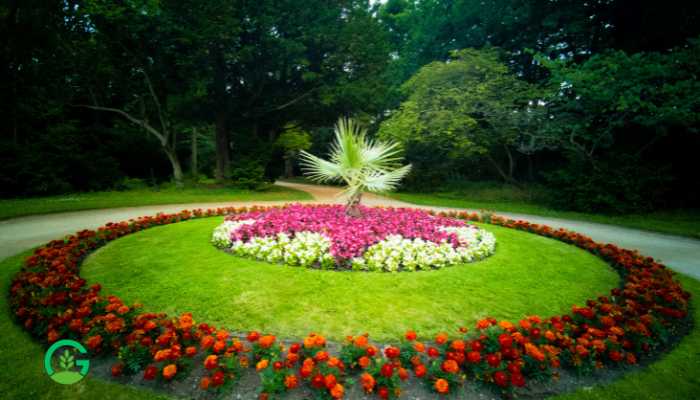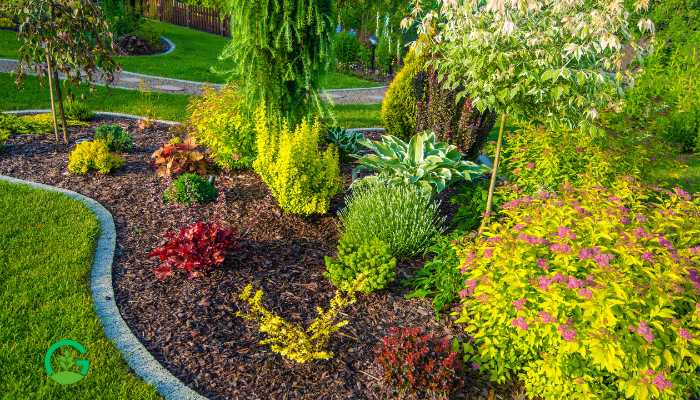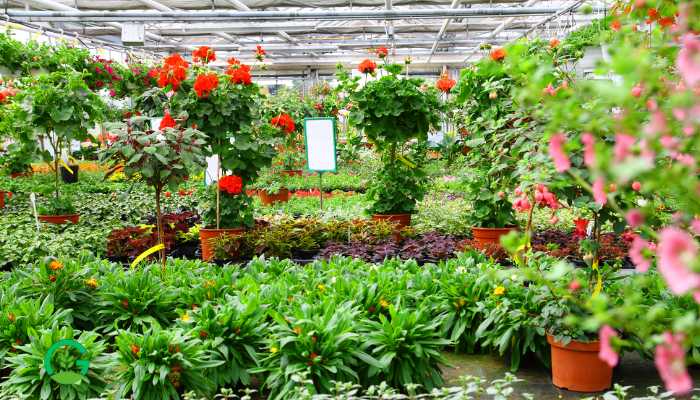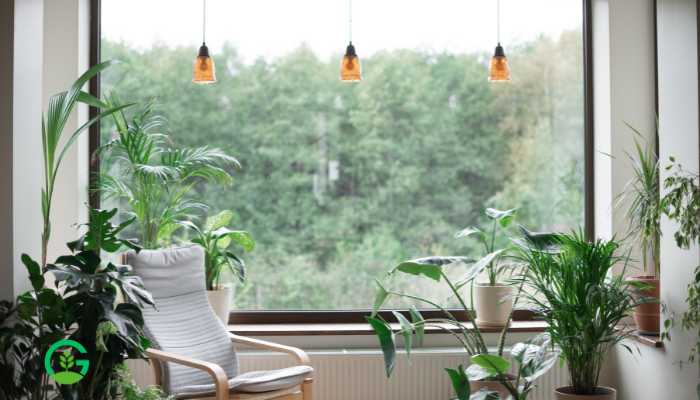Creating a beautiful garden can be both a rewarding and challenging endeavor. If you live in Milwaukee and are looking to transform your outdoor space, you are in the right place.
This article will guide you through some great garden design ideas in Milwaukee’s unique climate and characteristics.
Let’s dive into the world of garden design and help you create a stunning outdoor sanctuary.
Garden Design Ideas Milwaukee Table of Contents
Introduction
Gardening in Milwaukee offers a unique set of challenges and opportunities. The city’s distinct seasons and weather patterns mean that your garden can look different throughout the year. Whether you’re a seasoned gardener or a newbie, this guide will provide you with practical and inspiring ideas to make the most of your outdoor space.

Understanding Milwaukee’s Climate
Before you start planting, it’s crucial to understand the climate in Milwaukee. Milwaukee experiences a humid continental climate with cold winters, warm summers, and ample rainfall throughout the year. Knowing this helps in selecting plants that will thrive in these conditions.
Winters: The winters can be harsh, with temperatures often dropping below freezing. Snow cover is common, which can protect some plants but also pose challenges for others.
Summers: Summers are warm, with temperatures averaging in the 70s and 80s (°F). This is the prime growing season for many plants.
Rainfall: Milwaukee receives about 34 inches of rain annually, which is relatively well-distributed throughout the year.
Understanding these factors will help you choose the right plants and design elements that can withstand the local climate.

Choosing the Right Plants
Selecting the right plants is key to a successful garden. Here are some tips on choosing plants that will thrive in Milwaukee:
Perennials: These plants return year after year, making them a great investment. Consider plants like daylilies, hostas, and coneflowers which are well-suited for Milwaukee’s climate.
Annuals: These plants complete their life cycle in one growing season. They can add vibrant color to your garden. Marigolds, petunias, and zinnias are excellent choices.
Vegetables and Herbs: If you enjoy fresh produce, consider planting a vegetable and herb garden. Tomatoes, peppers, basil, and chives are easy to grow and thrive in Milwaukee’s summer.

Incorporating Native Plants
Using native plants in your garden design is not only environmentally friendly but also easier to maintain. Native plants are adapted to the local climate and soil conditions, making them more resilient and less resource-intensive.
Benefits of Native Plants:
- Low Maintenance: Once established, native plants require less water and fertilizer.
- Supports Wildlife: Native plants attract and support local wildlife, including birds, butterflies, and bees.
- Sustainability: These plants help preserve the local ecosystem and reduce the spread of invasive species.
Some native plants to consider include black-eyed Susans, purple coneflowers, and little bluestem grass.
Designing for All Seasons
A well-designed garden should offer visual interest throughout the year. Here are some ideas for achieving year-round beauty:
Spring: Plant bulbs like tulips and daffodils for early spring color. Incorporate flowering shrubs like lilacs and forsythia.
Summer: Focus on perennials and annuals that bloom in summer. Consider adding container gardens for flexibility.
Fall: Include plants with fall foliage colors like maples and sumac. Ornamental grasses also add texture and movement.
Winter: Evergreens provide structure and color during the winter months. Consider adding features like bird feeders and winter-hardy plants to keep your garden lively.

Creating Functional Spaces
Your garden should be more than just pretty; it should be functional as well. Think about how you want to use your outdoor space and design accordingly.
Seating Areas: Create cozy seating areas with benches, chairs, or a hammock. Consider adding a fire pit for warmth and ambiance.
Paths and Walkways: Define clear paths with materials like gravel, stone, or wood chips. This makes your garden more navigable and aesthetically pleasing.
Outdoor Dining: If you enjoy dining outdoors, set up a dining area with a table, chairs, and perhaps a pergola for shade.
Play Areas: If you have children, designate a section of your garden for play. Include features like a sandbox, swing set, or a small playhouse.
Water Features and Focal Points
Adding water features and focal points can elevate your garden design and create a sense of tranquility.
Water Features: Consider adding a pond, fountain, or birdbath. The sound of running water can be incredibly soothing and attract wildlife.
Focal Points: A focal point can be anything that draws the eye. This could be a sculpture, a beautiful tree, or a garden arch. Position it in a prominent spot to create visual interest.

Using Hardscaping Elements
Hardscaping refers to the non-plant elements of your garden, such as paths, patios, and walls. These elements add structure and functionality to your garden.
Patios and Decks: Create outdoor living spaces with patios or decks. Use materials like stone, brick, or wood to complement your garden’s style.
Retaining Walls: These can help manage slopes and create terraced garden areas. They also add visual interest and can be used as seating.
Garden Edging: Define your garden beds with edging materials like bricks, stones, or metal. This helps keep plants contained and paths clear.
Read More
Garden Lighting Ideas
Proper lighting can transform your garden into a magical space after dark. Here are some ideas:
Pathway Lights: Illuminate paths with low-level lighting. Solar-powered lights are an eco-friendly option.
Accent Lights: Highlight focal points, like sculptures or trees, with spotlights or uplights.
String Lights: Add a festive touch with string lights. They work well in seating areas or draped across pergolas.
Lanterns: Use lanterns for a charming, rustic look. They can be placed on tables or hung from tree branches.

Sustainable Garden Practices
Sustainability is key to a healthy garden and environment. Here are some practices to consider:
Composting: Recycle kitchen scraps and garden waste by composting. This creates rich, natural fertilizer for your plants.
Rainwater Harvesting: Collect rainwater in barrels to use for watering your garden. This reduces your reliance on municipal water.
Mulching: Use mulch to retain soil moisture, suppress weeds, and improve soil health.
Native Plants: As mentioned earlier, native plants are more sustainable because they require less water and maintenance.
Image | Product Name | Review | Price |
DIY vs. Professional Help
Deciding whether to tackle your garden design project yourself or hire a professional can be tricky. Here are some considerations:
DIY: If you have a passion for gardening and a clear vision, DIY can be rewarding and cost-effective. There are plenty of resources available to guide you.
Professional Help: Hiring a professional can save you time and ensure a polished result. Consider this option if you have a large or complex project, or if you want a high-end finish.
Budget-Friendly Garden Ideas
Gardening doesn’t have to break the bank. Here are some budget-friendly ideas to help you create a beautiful garden without overspending:
Start Small: Focus on one area at a time rather than trying to do everything at once.
Seed Starting: Grow plants from seeds rather than buying mature plants. This is more economical and allows you to grow a wider variety of plants.
Reuse and Recycle: Use reclaimed materials for garden beds, paths, and other features. Pallets, old bricks, and stones can be repurposed creatively.
Plant Swaps: Participate in plant swaps with friends or local gardening groups to exchange plants and seeds.

Garden Design Ideas Milwaukee Conclusion
Designing a garden in Milwaukee can be a delightful and fulfilling experience. By understanding the local climate, choosing the right plants, and incorporating functional and aesthetic elements, you can create an outdoor space that is both beautiful and practical. Remember, your garden is a reflection of your personality and creativity, so don’t be afraid to experiment and make it your own.
Garden Design Ideas Milwaukee FAQs
What are the best plants for Milwaukee’s climate?
Perennials like daylilies, hostas, and coneflowers are great for Milwaukee’s climate. Native plants like black-eyed Susans and purple coneflowers also thrive well.
How can I make my garden sustainable?
Incorporate native plants, compost, use rainwater harvesting, and mulch to retain soil moisture and suppress weeds. These practices help create a sustainable garden.
Should I hire a professional for my garden design?
It depends on the size and complexity of your project. If you have a clear vision and enjoy gardening, DIY might be suitable. For larger or more complex projects, hiring a professional can ensure a polished result.
How can I create a year-round garden?
Plant bulbs for spring, perennials for summer, trees and shrubs with fall foliage, and evergreens for winter interest. This ensures your garden looks beautiful in all seasons.
What are some budget-friendly garden ideas?
Start small, grow plants from seeds, use reclaimed materials, and participate in plant swaps. These strategies can help you create a beautiful garden without overspending.
By following these garden design ideas and tips, you can create a stunning and thriving garden in Milwaukee that you’ll enjoy for years to come. Happy gardening!




















